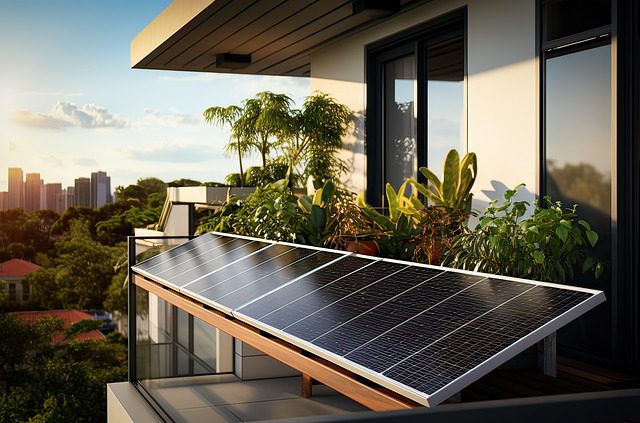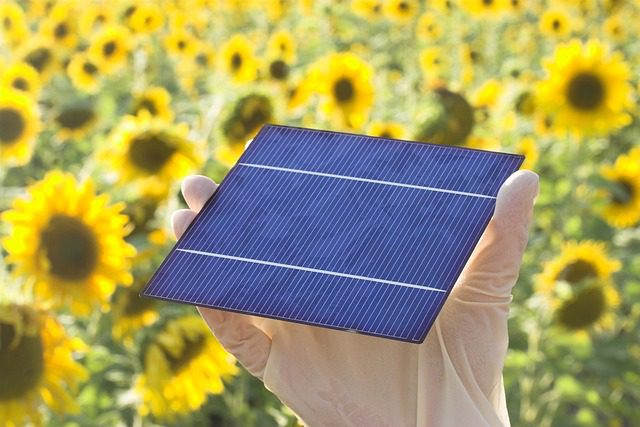
The Mechanics behind How Solar Panels Work
Solar power has gained significant popularity as a sustainable and renewable energy source. At the heart of this clean energy revolution are solar panels, which harness the abundant energy emitted by the sun. Let’s dive into the mechanics behind how solar panels work and understand the magic of converting sunlight into electricity.

- Photovoltaic Effect: Solar panels operate based on the photovoltaic effect, a phenomenon discovered in the 19th century. Photons, particles of light, carry energy. When sunlight interacts with the solar panel’s surface, typically made of silicon, the photons transfer their energy to the electrons in the material.
- Electron Excitation: When photons strike the solar panel’s semiconductor material, they excite electrons, causing them to break free from their atoms. This creates a flow of free electrons in the material.
- Electric Field: The solar panel is designed with a built-in electric field, created by combining two layers of different types of silicon. The electric field directs the flow of free electrons towards a specific direction, facilitating the generation of electricity.
- Current Generation: As the free electrons move within the solar panel’s electric field, they create a flow of electric current. This current is in the form of direct current (DC).
- Metal Contacts: Metal contacts on the top and bottom surfaces of the solar panel collect the electric current generated by the excited electrons. The current is then routed through wires to an inverter.
- Inverter Conversion: Solar panels produce DC electricity, which needs to be converted into alternating current (AC) electricity before it can be used to power homes or businesses. An inverter is connected to the solar panel system to convert the DC electricity into AC electricity, which is compatible with the electrical grid.
- Usage and Grid Connection: Once the solar panel system has converted the DC electricity into AC, it can be used to power electrical devices in real-time or fed into the electrical grid. Excess electricity produced by the solar panels during daylight hours can be sent to the grid, and in some cases, homeowners or businesses may receive credits or payments for this surplus electricity.
- Net Metering: Net metering is a billing mechanism that allows solar panel owners to receive credits for the excess electricity they contribute to the grid. When solar panels produce more electricity than is consumed, the excess energy is sent back to the grid, and the meter records this surplus. During periods when the solar panels are not producing enough electricity, such as at night, the electricity is drawn from the grid and the meter records the usage.

Solar panels are an incredible technology that harnesses the power of the sun to generate clean and sustainable energy. Understanding the mechanics behind how solar panels work allows us to appreciate the technology’s contribution to reducing our dependence on fossil fuels and mitigating climate change. As solar power continues to evolve, it holds the potential to revolutionize the way we generate and consume energy, paving the way for a greener and more sustainable future.
Contact us via WhatsApp/ email, or fill out the form, and we’ll contact you as soon as possible
